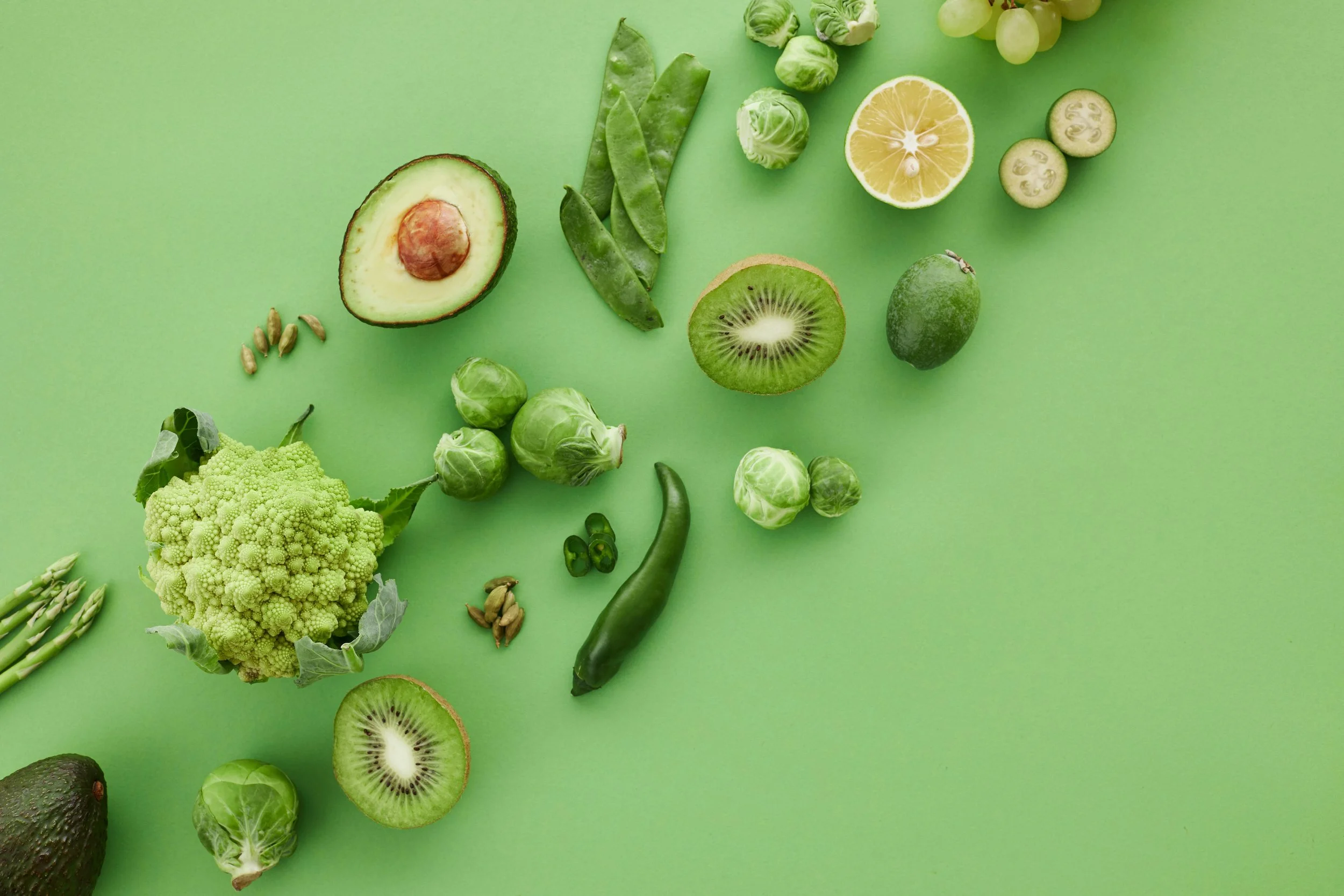A popular item for Mariposa shoppers, Kombucha is a bubbly, refreshing brew that also serves as a source of healthy probiotics.
Making kombucha can also be a fun and satisfying DIY project. The only challenge can be finding a scoby, the Symbiotic Culture Of Bacteria and Yeasts that floats in your brew, infusing the liquid with good bacteria. To find a scoby, put the word out to your neighbors, friends, and fellow Co-op shoppers. Anyone who brews on a regular basis will have extras. Another strategy is to look at the bottles of plain, unflavored kombucha and select the one with the largest floating blob of scoby. Strain the drink, and use the contents of the strainer as your scoby culture. The starter tea, or already-brewed kombucha, is essential to acidify the brew enough to keep less desirable bacteria from flourishing, so don't skimp on this ingredient.
Ingredients
- 14 cups purified water
- 4-8 teabags (white, green or black, not caffeine-free herbal teas) or 4-8 teaspoons loose tea
- 1 cup sugar
- 2 1/2 cups starter tea (already-made kombucha; you can use bottled)
- Scoby
Equipment
- 1 gallon jar or crock, no metal
- Thermometer
- Strainer
- Cloth to cover jar and rubber band or string to secure it
- Bottles with good lids for finished kombucha
Preparation
- Start by sanitizing your jar, strainer, measuring cups and spoons and stirring spoon; either run them through the dishwasher or boil enough water to pour into the jar, drop the spoons and cups in, and then drain. Pour boiling water over the strainer. Let dry. Wash your hand thoroughly; don't use antibiotic soap.
- In a large pot, bring 2-3 cups of the purified water to a boil. Add the teabags or loose tea and steep for about 5-10 minutes, then remove the teabags, or strain into the clean one gallon jar. Stir the sugar into the hot tea until dissolved, then add the remaining water. Use your thermometer to check the temperature of the tea—you need it to drop to under 85⁰F. When the tea is cool, slip the scoby into the mixture. It should float, if it falls to the bottom and stays there it may be dead.
- Cover the jar with cloth and secure with the rubber band or string. Keep the jar in a warm spot; the kombucha will brew more quickly at 75- 80 degrees. If you live in a cooler climate, you may want to invest in a warming device, like a brew belt or a seed sprouting mat that doesn't get above 75 degrees. The kombucha takes 7-9 days in a warm room, but takes up to two weeks in a cool room.
- Check the kombucha daily. A layer of scoby should form on the surface, making a thin film at first, then growing thicker. Floating yeast colonies will form, and as your kombucha starts to bubble, they will rise and fall. After the first few days, put a straw down the side, to avoid disturbing the surface, and take a taste. At first it should taste like sweet tea, and gradually become less sweet and more fizzy, like plain bottled kombucha. It will smell like cider vinegar, but not taste that sour. If it starts to taste very sour, it is overdone, and some of the good bacteria are dying off.It is still useful as vinegar, so don't throw it away. When it is ready, remove the scoby and bottle the kombucha.
- If your scoby does not float, or a skin never forms on top of the brew, or any kind of visible mold occurs, discard and start over.
- Keep your scoby at room temperature in enough plain brewed kombucha to cover by an inch, or start a new batch immediately. They can keep, in a dark spot like a cupboard,for three months, as long as you keep replenishing the kombucha.
- For bubbly kombucha, bottle the tea with a strong lid and leave it out to carbonate itself by continuing to ferment overnight. Be very careful, since the bottles can explode. Some brewers recommend using plastic bottles for this process. When the plastic bottle becomes very firm when squeezedthe kombucha is done. Chill the tea to stop the action. Drink cold. The kombucha should keep for a month.
- To flavor your kombucha, pour flavored waters or juices into the bottles before adding the finished kombucha, or put slices of ginger root or zest right in the bottle.
Authored by Robin Asbell. Reprinted by permission from StrongerTogether.coop. Find articles about your food and where it comes from, recipes and a whole lot more at www.strongertogether.coop


